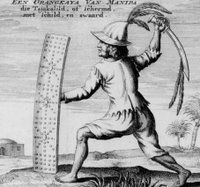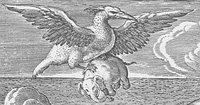
 Bennelong
BennelongAlso: Early Images of the Australian Aborigines at Monash University (but the image quality is pretty terrible)
Books - Illustrations - Science - History - Visual Materia Obscura - Eclectic Bookart.

 Bennelong
Bennelong

 Philibert van Borssele, Binckhorst (1613)
Philibert van Borssele, Binckhorst (1613) Laughing Girl
Laughing Girl The Birch Bark Book © Martin Grund -
The Birch Bark Book © Martin Grund -  Fulvio Fontana 1711 Etchings of Penitents ..Imagini**
Fulvio Fontana 1711 Etchings of Penitents ..Imagini** Frontpiece of the series showing example advancements,
Frontpiece of the series showing example advancements, Distillatio ('Distillation')
Distillatio ('Distillation') Sculptvra in Æs ('Engraving on Copper')
Sculptvra in Æs ('Engraving on Copper')











 There is a display of ~50 images from rare 17th and 18th century insect books by Jan Swammerdam, Francesco Redi, Augustus Iohannes Roesel von Rosenhof, J.C. Schaeffer and C.G. Jablonsky at the Danish Veterinary and Agricultural Library.
There is a display of ~50 images from rare 17th and 18th century insect books by Jan Swammerdam, Francesco Redi, Augustus Iohannes Roesel von Rosenhof, J.C. Schaeffer and C.G. Jablonsky at the Danish Veterinary and Agricultural Library. Also, definitely check out the links from this page - a large serving of natural history of the rare book variety.
Also, definitely check out the links from this page - a large serving of natural history of the rare book variety.